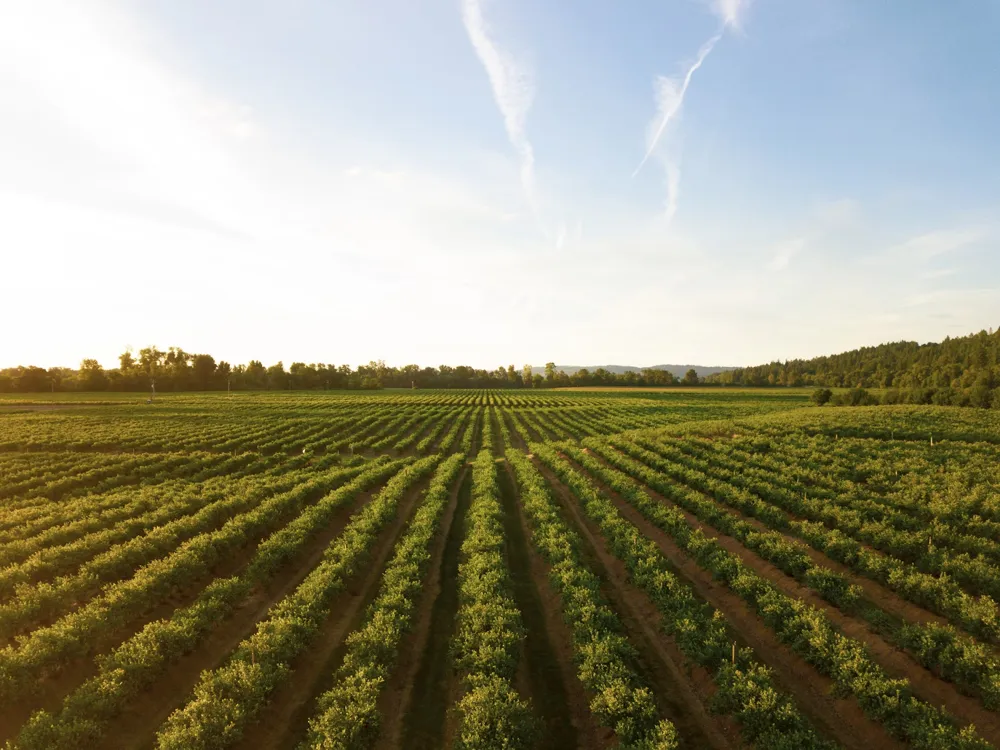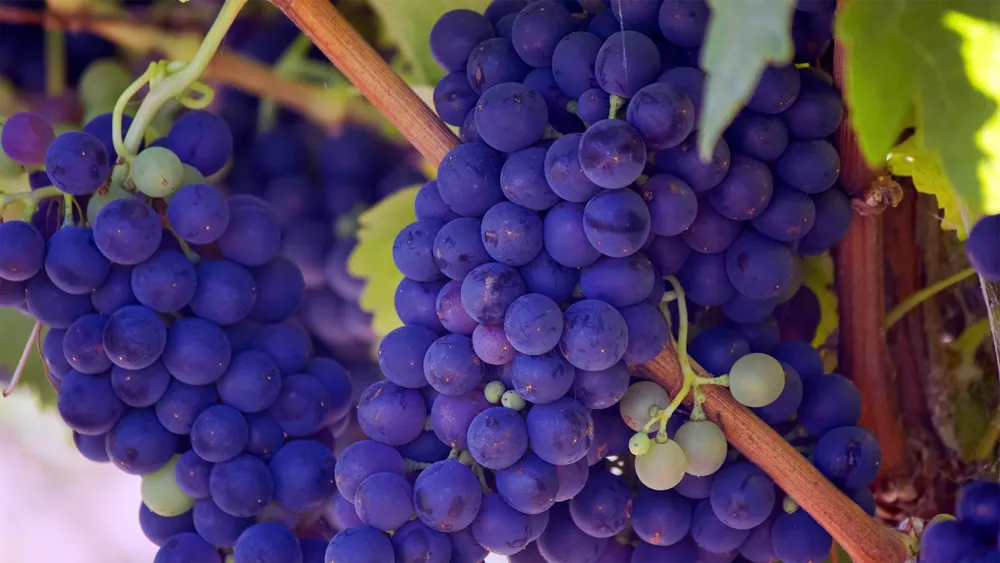Cool Climate VS Warm Climate wines
When we discuss wine, the concept of terroir is inevitable. Climate is important for wine production. It affects how grapes grow and the taste of the wine in a specific region.
Generally speaking, wine grapes thrive in climates that are not too extreme. The majority of wine-growing areas in the world lie between 30° and 50° latitude, both north and south.
Within this spectrum, there exist warmer and cooler wine regions. However, the classification of a region as cool, moderate, or warm extends beyond geography.
Elevation, rainfall, and natural forces such as the influence of water bodies, and wind patterns all play pivotal roles. Wine produced in warm climate and cool climate show different styles.

How Climate Influences Wine Style
Climate greatly affects wine style. Cool regions with lower temperatures and longer growing seasons give unique traits to their wines. Grapes in these areas ripen slowly, making wines with less sugar, more acidity, and complex flavors.
Wines from cool climates have flavors like citrus, green apple, raspberry, cherry, or cranberry. They also have a zesty or spicy taste and lower alcohol levels. Winemakers in these regions face challenges such as reduced fruit yield due to spring frost and the risk of underripe fruit.
Conversely, warm-climate wines exude boldness and richness, owing to accelerated grape ripening and higher sugar accumulation. These wines feature robust flavors, primarily characterized by mature stone fruit, tropical fruit, or dark berries. They frequently have a jam-like undertone and typically contain a higher alcohol percentage.
Nonetheless, winemakers in warm-climate wine regions face a daunting challenge in achieving balance. They must tread a delicate balance between boldness and reducing acidity during the ripening process.

Cool Climate Regions and Varieties
Cool climate regions span the globe, encompassing most of the higher latitude wine-growing areas. There are many famous wine regions around the world. Some of these regions include Burgundy, Alsace, and Loire Valley in France. Others are Piedmont in Italy, Germany, and Austria.
There are also wine regions in Oregon and Finger Lakes in the US. In Australia, you can find wine regions in Yarra Valley and Mornington Peninsula. Additionally, there are wine regions in Chile, New Zealand, and Patagonia in Argentina.
Popular types of wine such as Riesling, Chardonnay, Pinot Noir, and Sauvignon Blanc thrive in cooler climates. They showcase their distinct flavors beautifully.
Cool Climate Wines to Try
Warm Climate Regions and Varieties
Warm climate regions, characterized by ample sunlight and higher temperatures, host thriving viticultural landscapes in Australia, California, Argentina, southern France, central and southern Italy, Spain, Greece, and Portugal. Shiraz, Cabernet Sauvignon, Zinfandel, Sangiovese, and Grenache thrive in warm regions, yielding wines of opulence and intensity.
Warm Climate Wines to Try:
It's Not Just the Geography
The classification of a region as warm, mild, or cool is nuanced and involves various factors beyond geographical location. For instance, in Etna, despite its low latitude of 37°N on the island of Sicily with abundant sunshine, some vineyards on higher slopes still express concern for ripeness.
The Yarra Valley in Australia has warm temperatures throughout the year. It also has a long growing season and receives 750-950mm of rain annually. Despite the warm temperatures, it is classified as a cool climate region due to these conditions.
Even though it's warm, it's still considered a cool climate region because of these conditions. Carneros, spanning California's most famous wine regions, Napa Valley and Sonoma, is known for its relatively cooler temperatures attributed to marine fog and breezes from San Pablo Bay.
Same Variety, Two Expressions
Certain grape varieties exhibit versatility, adapting to different climates and showing distinct taste profiles based on their origin. Chardonnay serves as a perfect example. Chablis, a cool climate Chardonnay, exhibits a lean taste profile with crisp acidity, mineral notes, and nuanced fruitiness. Napa Valley Chardonnay from warm climates is rich and buttery with tropical fruit flavors and a hint of oak.
Pinot Noir, celebrated for its delicacy and complexity, showcases remarkable diversity across cool and warm climate regions. Cold-weather wines from Burgundy, Central Otago, and Champagne have a smooth taste with red fruit, earthy notes, and lively acidity.
Pinot Noir from Napa Valley comes from a warm climate. It has rich flavors of black cherry and plum. The wine has smooth tannins. It has a delicious taste in the mouth.
Global Warming: Adapting to Change
As climate change reshapes viticultural zones globally, winemakers encounter unprecedented challenges and opportunities. Cooler regions witness improved ripeness levels, leading to enhanced wine quality and the potential for cultivating a wider range of grape varieties. Conversely, warmer regions grapple with the retention of acidity and structure in wines. Winemakers are exploring heat-resistant grape varieties and higher altitude plantings to mitigate the impacts of rising temperatures.
Dear VinoVossers, whether you gravitate towards the elegant and refined cool climate wines with searing acidity or the bold, voluptuous warmth of wines with a generous mouthfeel, explore the diverse offerings at vinovoss.com and delve deeper into the fascinating world of terroir.

Sylvia Ba



